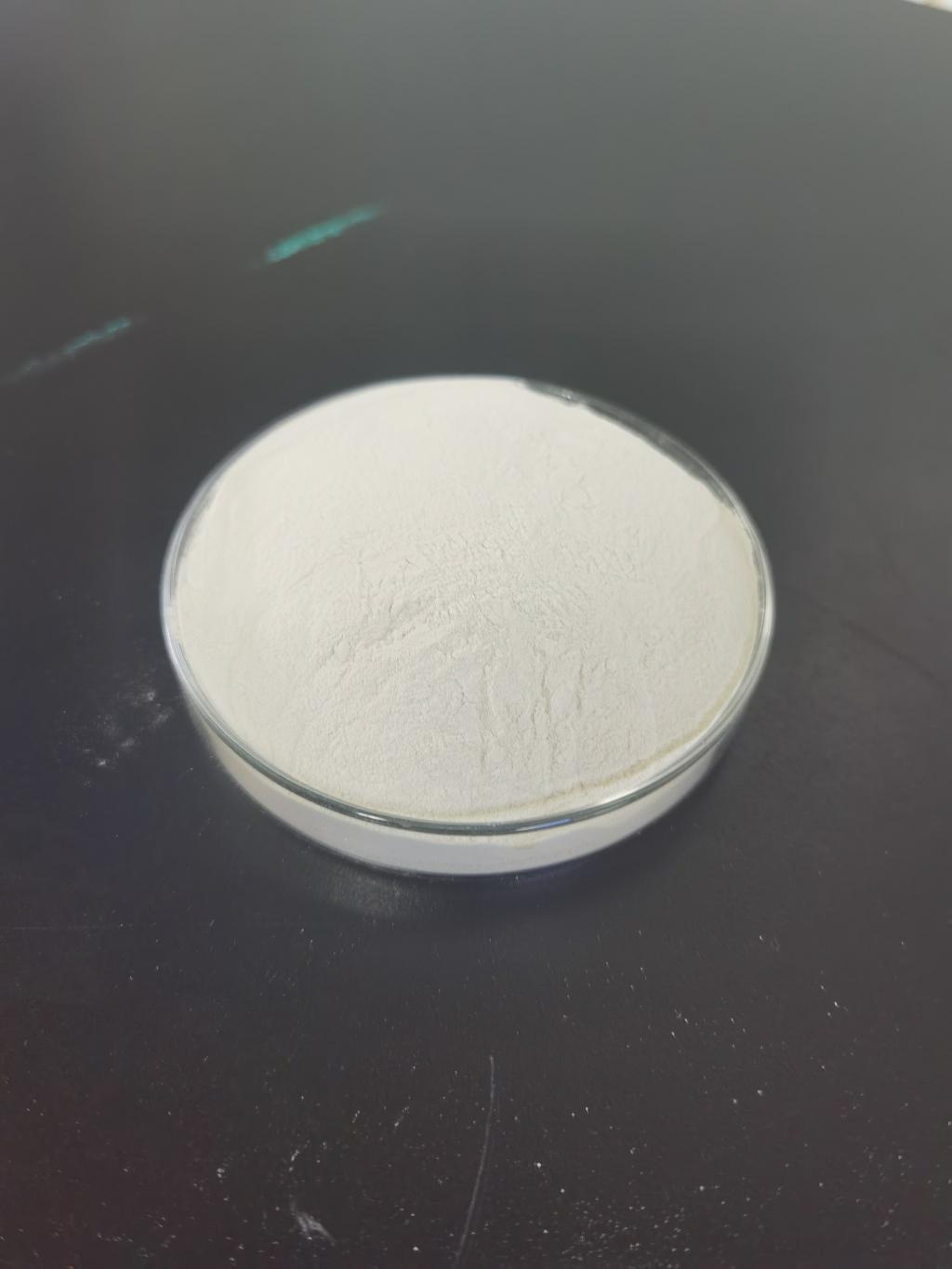Tel:+8618231198596

News
 CONTACT
CONTACT
 CONTACT
CONTACT
- Linkman:Linda Yao
- Tel: +8618231198596
- Email:linda.yao@dcpharma.cn
- Linkman:CHARLES.WANG
- Department:Overseas
- Tel: 0086 0311-85537378 0086 0311-85539701
News
Nisin's use in food packaging helps maintain freshness and quality during storage and distribution.
TIME:2024-03-28
Understanding Nisin in Food Packaging
Nisin is a naturally occurring antimicrobial peptide produced by certain strains of bacteria, particularly Lactococcus lactis. Its antimicrobial properties make it an effective preservative against a wide range of bacteria, including foodborne pathogens and spoilage organisms. When incorporated into food packaging materials, such as films, coatings, or liners, nisin can inhibit microbial growth and extend the shelf life of packaged products. This innovative approach to food preservation offers numerous benefits for both producers and consumers, from reducing food waste to ensuring product safety and quality.
Extending Shelf Life and Maintaining Freshness
One of the primary advantages of using nisin in food packaging is its ability to extend the shelf life of perishable goods. By inhibiting the growth of spoilage organisms and pathogens, nisin helps prevent microbial contamination and degradation during storage and distribution. This allows food manufacturers to increase the longevity of their products without the need for synthetic preservatives or excessive packaging materials. Additionally, nisin helps maintain the freshness of packaged foods, preserving their flavor, texture, and nutritional value over time. From fresh produce to processed meats and dairy products, incorporating nisin into food packaging can significantly improve product quality and consumer satisfaction.
Enhancing Food Safety and Quality
In addition to extending shelf life, nisin enhances food safety by reducing the risk of microbial contamination and foodborne illnesses. Pathogenic bacteria such as Listeria monocytogenes and Salmonella spp. can pose serious health risks if present in food products. By incorporating nisin into packaging materials, manufacturers can create a protective barrier against these harmful microorganisms, ensuring that packaged foods remain safe for consumption throughout their shelf life. This proactive approach to food safety not only protects public health but also enhances consumer confidence in the safety and integrity of packaged products.
Reducing Food Waste
Food waste is a significant environmental and economic issue, with millions of tons of food discarded each year due to spoilage and degradation. By extending the shelf life of packaged products, nisin helps reduce food waste at various stages of the supply chain, from production and distribution to retail and consumer consumption. Packaging materials infused with nisin can prevent premature spoilage and extend the marketability of perishable goods, reducing the need for unscheduled markdowns and disposal. This not only saves resources and reduces environmental impact but also contributes to a more sustainable and efficient food system.
Meeting Consumer Demand for Quality and Convenience
Consumer preferences are shifting towards fresh, minimally processed foods that are convenient and easy to prepare. Nisin addresses these demands by preserving the freshness and quality of packaged products without the need for artificial additives or excessive packaging. Consumers can enjoy longer-lasting fruits and vegetables, deli meats, dairy products, and ready-to-eat meals without compromising on taste or nutritional value. Additionally, nisin-enhanced packaging offers convenience and flexibility for on-the-go consumers, allowing for extended storage and portability without sacrificing quality or safety.
Applications and Innovations in Nisin Packaging
Nisin can be incorporated into a variety of packaging materials and formats, depending on the specific requirements of the product and the desired level of antimicrobial activity. Films, coatings, liners, and sachets are commonly used to deliver nisin to packaged foods, providing a protective barrier against microbial contamination while allowing for efficient release and diffusion of the peptide. Advances in nanotechnology and bio-based materials have further expanded the possibilities for nisin packaging, enabling enhanced stability, compatibility, and functionality. From biodegradable films to smart packaging systems, ongoing research and innovation continue to drive the development of nisin-based packaging solutions that meet the evolving needs of the food industry.
Regulatory Considerations and Safety
As with any food additive, regulatory agencies such as the U.S. Food and Drug Administration (FDA) and the European Food Safety Authority (EFSA) evaluate the safety and efficacy of nisin for use in food packaging. Nisin is generally recognized as safe (GRAS) when used in accordance with regulatory guidelines and dosage limits. Manufacturers must adhere to established good manufacturing practices (GMP) and labeling requirements to ensure the safe and legal use of nisin in food packaging applications. Additionally, ongoing monitoring and risk assessments help address any potential concerns related to antimicrobial resistance, allergenicity, or unintended effects.
Conclusion
Nisin offers a sustainable and effective solution for enhancing food quality and shelf life through innovative packaging solutions. Its natural antimicrobial properties make it an ideal preservative for inhibiting microbial growth and extending the freshness of packaged products. By incorporating nisin into food packaging materials, manufacturers can improve food safety, reduce food waste, and meet consumer demand for quality and convenience. Ongoing research and development in nisin packaging continue to drive innovation and expand the possibilities for sustainable food preservation in the global food industry. As the demand for safe, fresh, and sustainable food products grows, nisin stands out as a valuable tool for meeting the evolving needs of producers, retailers, and consumers alike.
- Tel:+8618231198596
- Whatsapp:18231198596
- Chat With Skype







